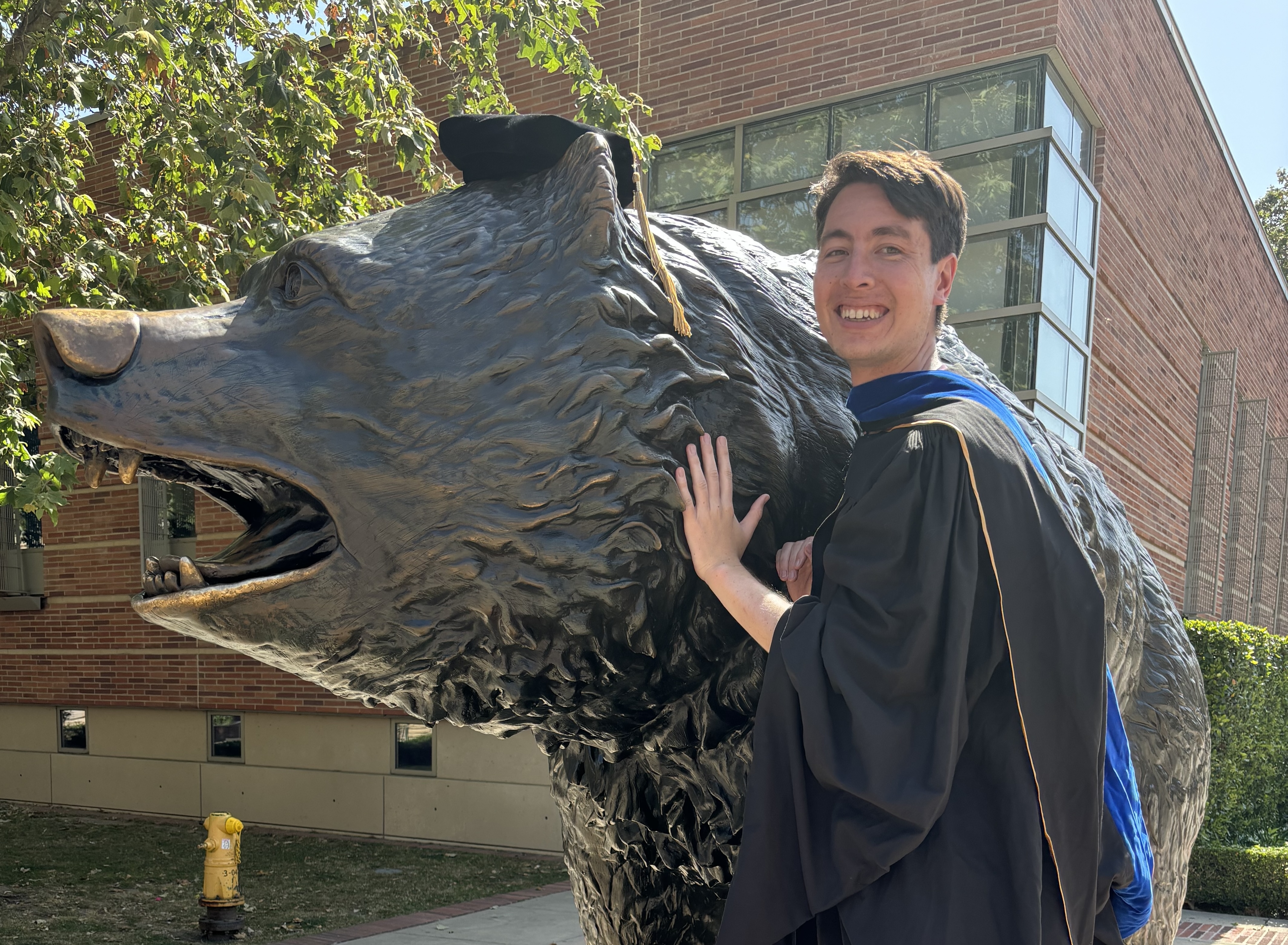
In Misener & Schlichting (2022), I show that silicate vapor, expected to be abundant at the base of young, H-rich sub-Neptune atmospheres, can inhibit convection. The induced near-surface radiative layer can have a steep temperature gradient, decreasing the width of the atmosphere. In Misener, Schlichting, & Young (2023), I followed this up with a chemistry model, showing that silane, SiH4, can be an important component of sub-Neptune atmospheres.

In Misener & Schlichting (2021), I show that at the end of core-powered mass loss, super-Earth cores are able to cool faster than their atmospheres lose mass, allowing the atmospheres to contract and preserve any remaining primordial gas. Then, in Misener et al. (2025), I used hydrodynamic models to show that core-powered mass loss rates depend on the atmospheric opacity.

I'm a San Franciscan who journeyed to the cold winters of the University of Chicago for undergrad, came back to the sunny West Coast for my advanced studies, and now find myself in the nation's capital. I want to reveal the physical mechanisms behind the formation, structure, and evolution of planets, both within our Solar System and beyond in the ever-increasing realm of exoplanetary systems.



